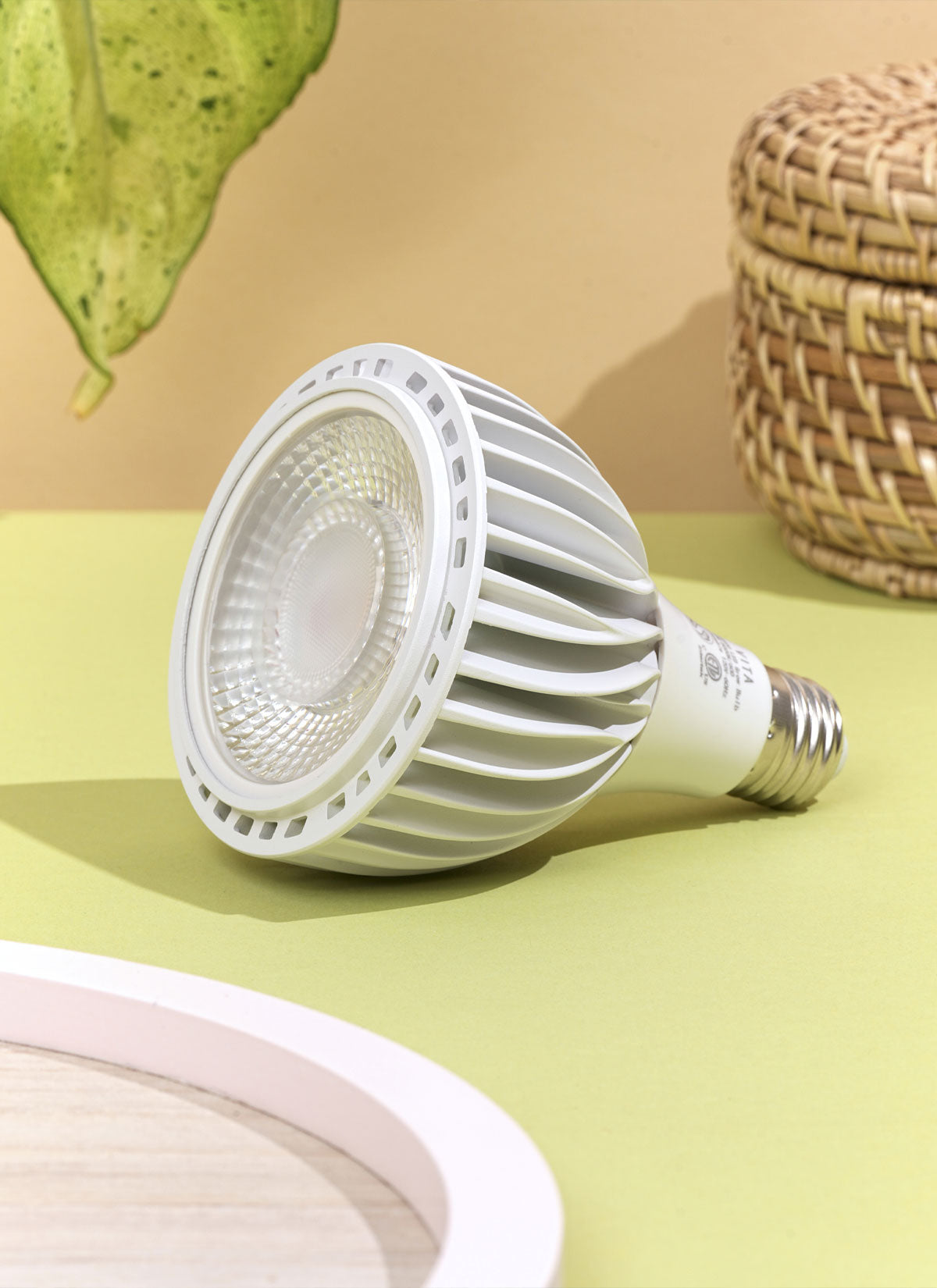Light Requirement: High Light (Bright Indirect Light)
Rubber trees (Ficus elastica) require bright, indirect light to thrive. They can tolerate some direct sunlight, but too much can cause their leaves to burn. An east or west-facing window that receives filtered sunlight is an excellent spot for these plants. If you don't have access to a window with enough light, you can use a LED grow lights to mimic natural sunlight. If the leaves start to curl or turn brown, it may be an indication that the lighting is too intense. On the other hand, if the leaves are pale and small, it may be a sign that the lighting is not bright enough. If you notice that your Rubber Tree is growing more slowly than usual or its leaves are dropping, it may be a sign that it's not getting enough light.




















